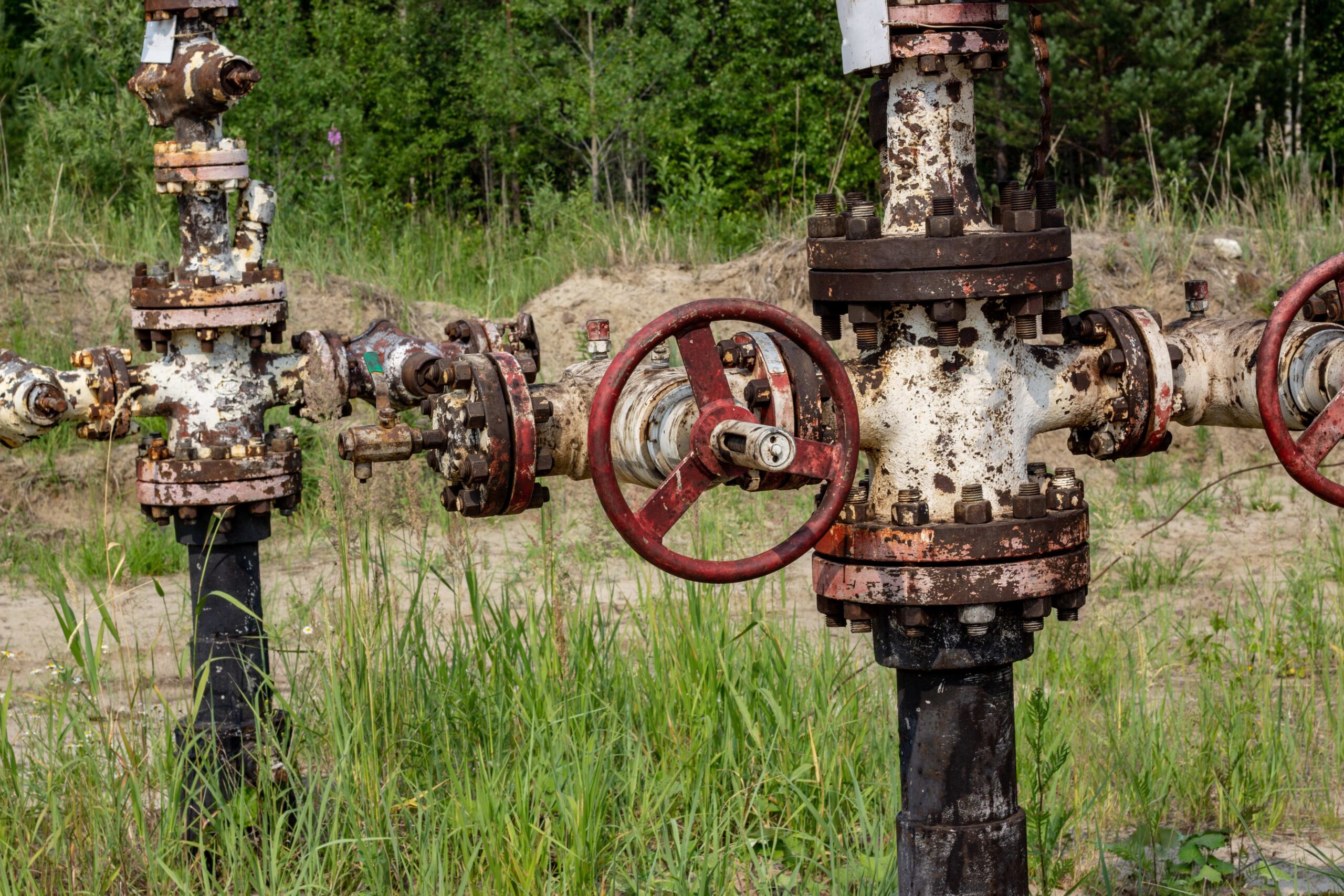This website uses cookies so that we can provide you with the best user experience possible. Cookie information is stored in your browser and performs functions such as recognising you when you return to our website and helping our team to understand which sections of the website you find most interesting and useful.
ACR Approves New Methodology to Reduce Methane Emissions from Large Landfills

LITTLE ROCK, Arkansas, June 3, 2021 – The American Carbon Registry (ACR) has approved a new methodology for monitoring, reporting and verifying greenhouse gases (GHG) collected using new technology at large landfills in the U.S. The methodology seeks to incentivize the deployment of Automated Landfill Gas Control Technology, which would allow landfills to go above and beyond existing regulations to prevent the release of methane and other gases into the atmosphere, offering the potential for hundreds of millions of tons of additional emission reductions over the next decade.
Landfills that are not required to install a gas collection and control system have been eligible for some time to generate carbon offsets. ACR’s methodology update allows for additional methane capture afforded by voluntary installation of automated landfill gas control beyond regulatory requirements.
The new ACR protocol – “Methodology for the Quantification Monitoring, Reporting and Verification of Greenhouse Gas Emissions Reductions and Removals from Landfill Gas Destruction and Beneficial Use Projects, version 2.0” – has the potential to accelerate the adoption of Automated Landfill Gas Control Technology for a large number of landfills due to the opportunity to generate carbon finance from the sale of carbon offsets to voluntary corporate buyers and to airlines for meeting requirements under the International Civil Aviation Organization’s global carbon market. The updated methodology was approved after a public comment period in July and August 2020, and a six-month scientific peer review process.
“The opportunity to reduce greenhouse gas emissions and generate carbon credits through Loci’s Automated Landfill Gas Collection services will help cover the costs to install state-of-the-art gas collection technologies for a large number of landfills,” said Peter Quigley, chairman and CEO of Loci Controls, Inc., a developer of eligible automated collection technology. “In addition to the benefits of reduced GHG emissions, increased productivity, and reduced Environmental, Health and Safety (EHS) risks, it is now possible to generate additional sources of revenue for landfill gas to energy projects.”
Mr. Quigley said that at a typical landfill gas collection system where Loci Automated Control Technology is used, 50,000 tons CO2 equivalent per year of emission reductions are expected, equal to the emissions annually of over 10,000 passenger cars. If this methodology were applied at the 1,000 largest landfills in the country, it could produce emissions reductions of 50 million tons a year of CO2 equivalent.
Landfills are filled with organic material. When that organic material decomposes without oxygen it generates both carbon dioxide and methane, a potent greenhouse gas that has 28 times the warming power of CO2 over 100 years and 84 times the warming power over the first 20 years after it reaches the atmosphere.
The EPA estimates that landfills are the third-largest source of human-related methane emissions in the United States, accounting for 15.1% of these emissions in 2019, equivalent to the annual emissions from more than 21 million passenger vehicles. Regulations under the Clean Air Act require landfills of a certain size to install and operate a gas collection and control system.
Currently, these systems are manually operated through a process known as well-field tuning. Once a month, a technician is required to measure the gas composition, flow, temperature, and pressure at each collection point at a landfill, and to make adjustments to reduce the methane emissions being leaked into the atmosphere.
Automated Control Technology works by installing a cellular connected sensor system that takes hourly measurements and uses cloud-based computing to automatically make small valve adjustments to continuously reduce the emissions of methane and other GHGs and optimize the collection process.
Margaret Williams, ACR’s technical director, said that when used appropriately, carbon markets create incentives for additional climate action that would not have taken place otherwise.
“The new ACR methodology has been developed to create financial incentives to deploy new technology that will help landfills maximize collection and minimize emissions,” she said. “Until now, carbon credits could not be generated on landfills that are required by regulations to install and operate gas collection and control systems. As a result, some of the largest landfills in the US were not eligible to participate in voluntary carbon credit markets related to landfill gas collection.”
This methodology creates an avenue for crediting for landfills that go beyond those regulatory requirements with advanced technologies and more efficient capturing. The new methodology contains requirements for eligibility, monitoring, qualification and accounting of carbon offset credits so that, for the first time, these large landfills can create projects using Automated Control Technology that improves gas collection over standard manual well-field tuning methods and current capture using technologies that meet regulatory requirements.
In addition to the climate benefits of the approach made possible by Automated Control Technology, there are substantial co-benefits as well. Many large urban landfills are in proximity to communities that have the lowest income, lowest value housing, and are often have a high density of underserved/under-represented populations. The technology reduces the amount of time landfill personnel have to spend in the landfill itself, which is often a dangerous environment to work in; it reduces odors associated with emissions; and it also reduces Non-Methane Organic Compound emissions, which have adverse human health consequences.
Demand for carbon credits is increasing worldwide as leading corporations, states, and the Federal Government announce climate change strategies. This year alone, companies as diverse as Microsoft, Unilever, Delta Airlines, BP and Ikea have announced plans for operating carbon neutral or carbon negative. Several states from California to Maine have made pledges to be carbon neutral between 2035 and 2045, and under the new Biden Administration, the Federal Government has announced plans for the US to be carbon neutral by 2050. The new ACR methodology will provide an opportunity to meet some of this anticipated growth in demand for voluntary carbon credits.




